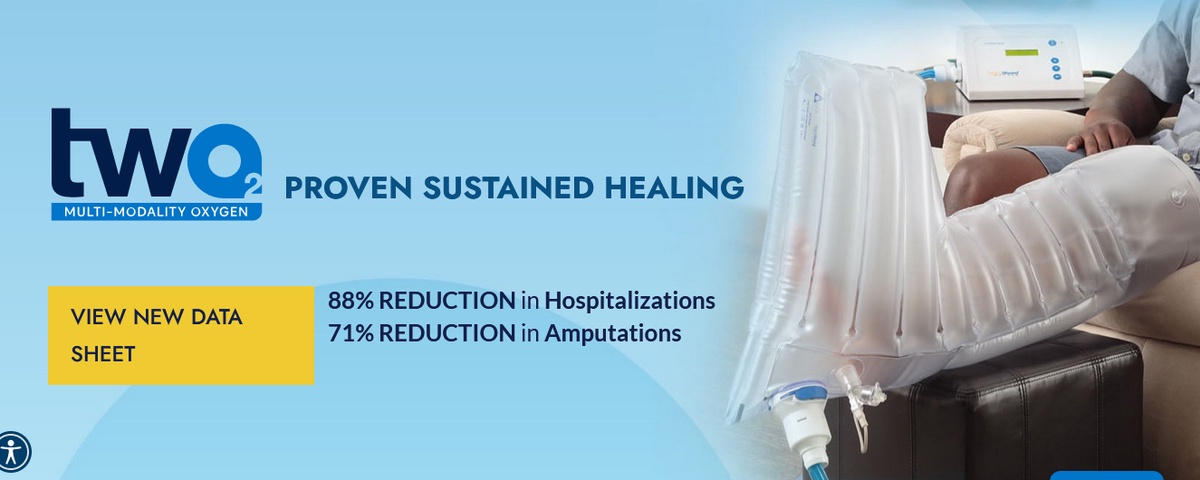Diabetes, a chronic metabolic disorder affecting millions worldwide, not only poses a threat to blood sugar regulation but also significantly increases the risk of various complications, especially concerning the lower extremities. Among these complications, diabetic foot ailments loom large, encompassing a spectrum of issues ranging from neuropathy to ulcerations, infections, and impaired wound healing. In this article, we delve into the intricacies of diabetic foot complications, exploring the role of hyperbaric chambers in treatment, the menace of arterial leg ulcers, and the insidious threat of infections in diabetic legs.
Hyperbaric Chambers: A Promising Intervention
Hyperbaric oxygen therapy (HBOT) has emerged as a promising adjunctive treatment for diabetic foot complications, particularly in cases of non-healing wounds and ulcers. The specialized hyper chamber delivers pure oxygen at increased atmospheric pressure, saturating the bloodstream with oxygen to enhance tissue oxygenation and promote wound healing.
For diabetic patients with compromised circulation and impaired wound healing, HBOT offers a multifaceted approach. By stimulating angiogenesis, HBOT fosters the formation of new blood vessels, augmenting perfusion to ischemic tissues. Additionally, the heightened oxygen levels facilitate the activity of white blood cells, bolstering the immune response against infection. In essence, hyperbaric chambers serve as a beacon of hope for individuals grappling with chronic diabetic foot ulcers, offering a non-invasive yet potent therapeutic modality.
Navigating Arterial Leg Ulcers: Challenges and Strategies
Arterial leg ulcers represent a formidable challenge in the realm of diabetic foot complications. They are characterized by tissue ischemia secondary to peripheral arterial disease (PAD). These ulcers typically manifest as painful, non-healing wounds, often occurring on the lower extremities, particularly the feet and ankles. Unlike venous ulcers, arterial ulcers stem from inadequate blood supply, necessitating a distinct approach to management.
In the context of diabetes, arterial leg ulcers pose a dual threat, exacerbating the risk of infection and limb loss. Hence, a comprehensive treatment paradigm is imperative, encompassing revascularization procedures, wound debridement, and meticulous wound care. Moreover, the integration of advanced modalities such as HBOT and tissue engineering holds promise in enhancing the healing trajectory of arterial leg ulcers, underscoring the importance of a multidisciplinary approach to care.
Leg Infections in Diabetic Patients: Vigilance Saves Limbs
Among the myriad complications afflicting leg infection in diabetic represents a paramount concern, with potentially dire consequences if left unchecked. Diabetic individuals are predisposed to microbial colonization and impaired immune function, rendering them vulnerable to soft tissue infections, cellulites, and necrotizing fasciitis.
Among the myriad complications afflicting leg infection in diabetic represents a paramount concern.
Prompt recognition and aggressive management are imperative in mitigating the morbidity and mortality associated with diabetic foot infections. This entails a judicious combination of antimicrobial therapy, wound debridement, and surgical intervention when indicated. Furthermore, meticulous foot care practices, including daily inspection, appropriate footwear selection, prevent recurrent infections and preserve limb integrity.
In the context of diabetes feet, hyperbaric oxygen therapy merits emphasis. It not only fosters microbial killing but also augments tissue oxygenation, promoting wound healing and mitigating the risk of limb amputation. By harnessing the synergistic effects of oxygen and pressure, hyperbaric chambers offer a beacon of hope for diabetic individuals grappling with recalcitrant infections and chronic wounds.
Conclusion
In conclusion, diabetic foot complications encompass a diverse array of pathological entities, ranging from neuropathy and ulcerations to arterial insufficiency and infections. However, amidst the daunting landscape of diabetic foot ailments, there exists a glimmer of hope in the form of advanced therapeutic modalities such as hyperbaric oxygen therapy. By bolstering tissue oxygenation, promoting angiogenesis, and enhancing immune function, hyperbaric chambers hold promise in easing the burden of diabetic foot complications, fostering healing, and preserving limb function. Nevertheless, a concerted effort involving multidisciplinary collaboration, patient education, and proactive management remains paramount in pursuing optimal outcomes for individuals navigating the complexities of diabetic foot pathology.
For more information about diabetes feet, switch on Advanced Oxygen Therapy Inc. for the best treatment for diabetic disease or ulcers.


No comments yet